Evaluating Images & Digital Resources
African American History to 1876
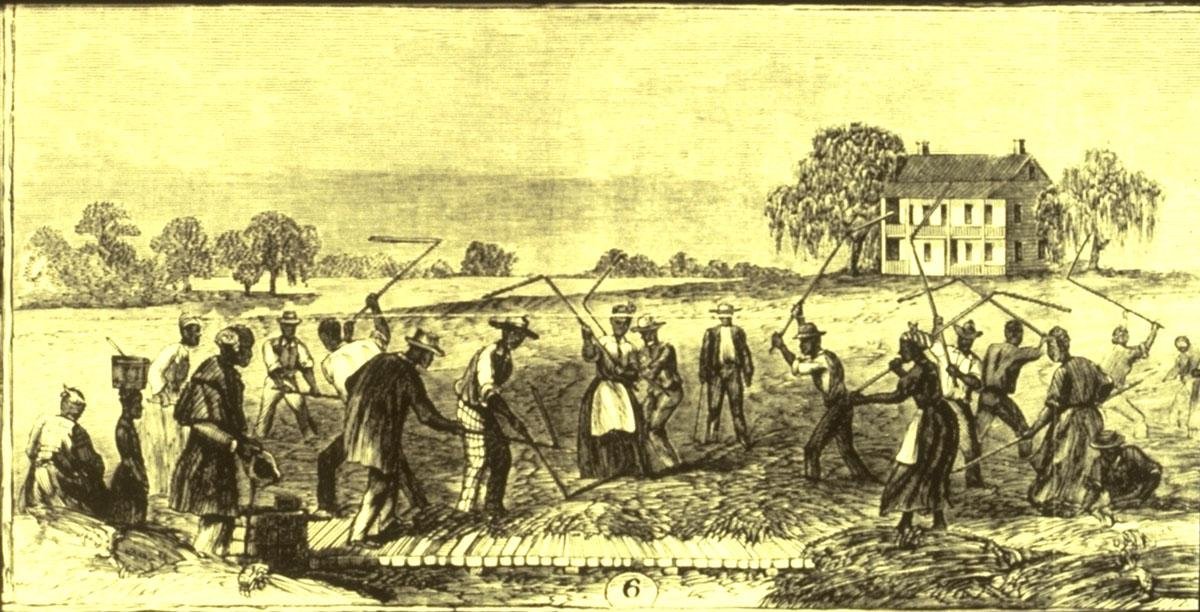
Rice Threshing, U.S. South, 1866, Image reference NW0088, as shown on www.slaveryimages.org, compiled by Jerome Handler & Michael Tuite, sponsored by the Virginia Foundation for the Humanities & the University of Virginia Library.
About LEADR
- Collaborative space for students to build digital projects and explore digital techniques
- Equipment, software, & general support for projects
- Open & staffed 10am-8pm Mon-Thu, 10-5pm Fri

Trustworthy Web Resources
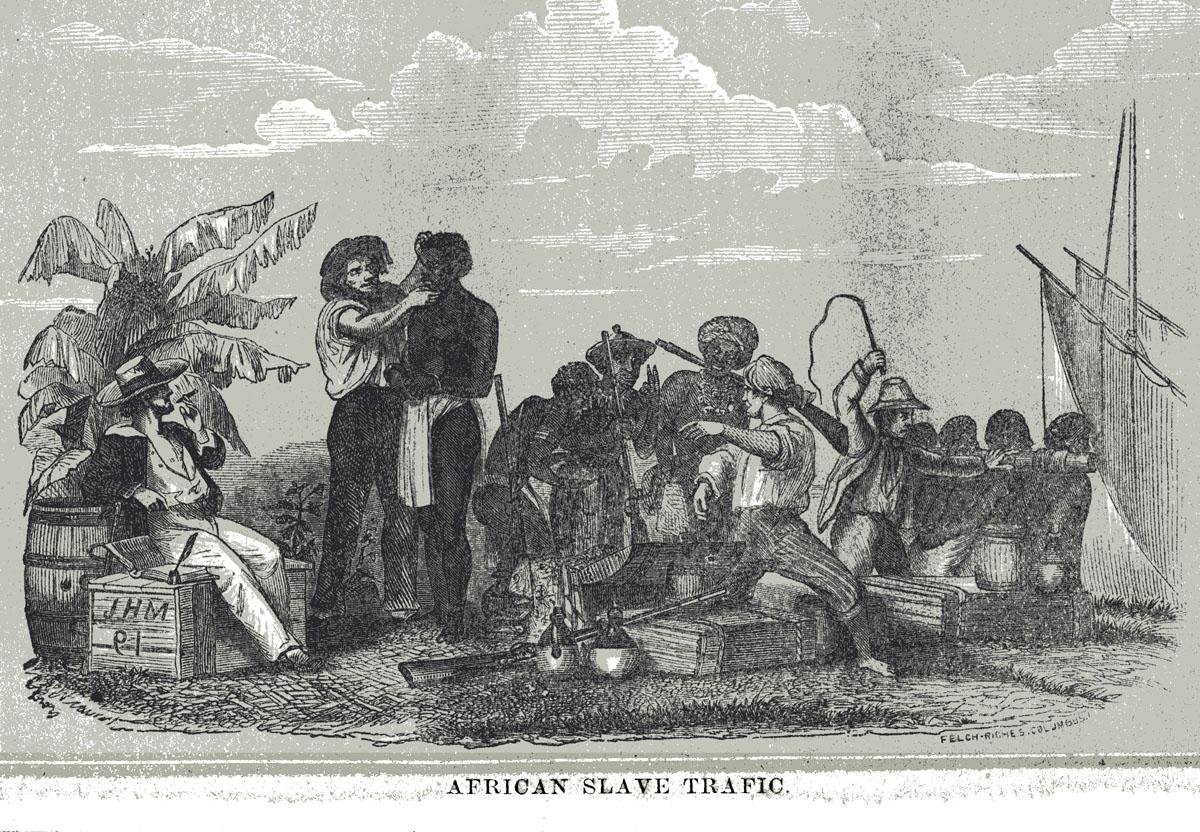
What is an Authentic Artifact?
n. ~ 1. The quality of being genuine, not a counterfeit, and free from tampering, and is typically inferred from internal and external evidence, including its physical characteristics, structure, content, and context.
- authentic, adj. ~ 2. Perceived of as genuine, rather than as counterfeit or specious; bona fide.
Society of American Archivists:
Authenticity
Documentation is Everything
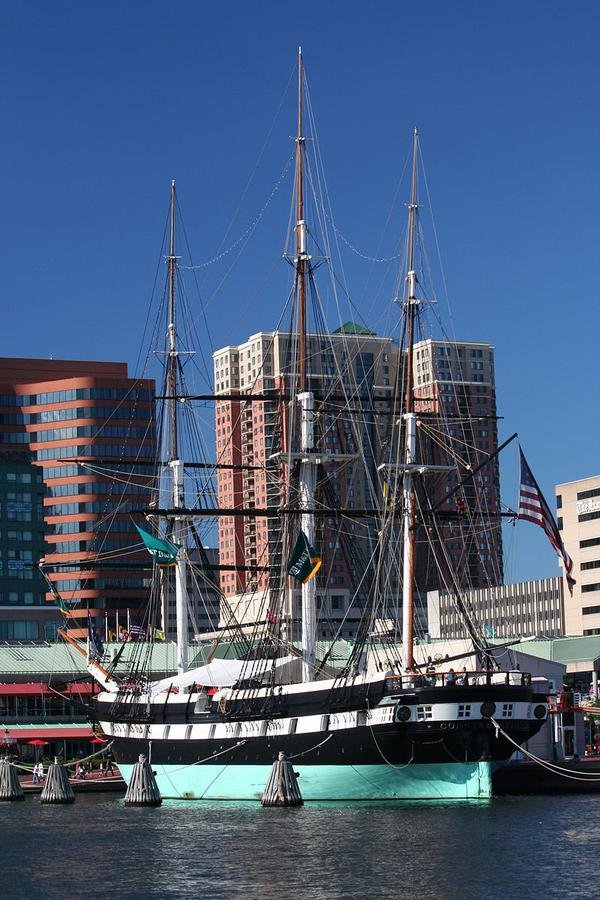
Article: Baltimore Sun http://articles.baltimoresun.com/1993-04-28/news/1993118056_1_constellation-ship-history-afloat
Photo (2010): Wikimedia, 350z33
http://commons.wikimedia.org/wiki/File:USS_Constellation_Inner_Harbor.JPG

Context is Key


Houghton Library Blog (Harvard) http://blogs.law.harvard.edu/houghton/2013/09/20/myths-debunked-sadly-theodore-roosevelt-never-rode-a-moose/
Determining Trustworthiness

More: 'Bert in the Frame with Bin Laden' BBC http://news.bbc.co.uk/2/hi/south_asia/1594600.stm
Image cropped from snopes.com
- Is the site reputable?
- Does associated image metadata tell you everything you need to know?
- Is there contextual information about the image's creation?
- If one or more of these is not true, consider finding a new source.
Primary Sources on the Web
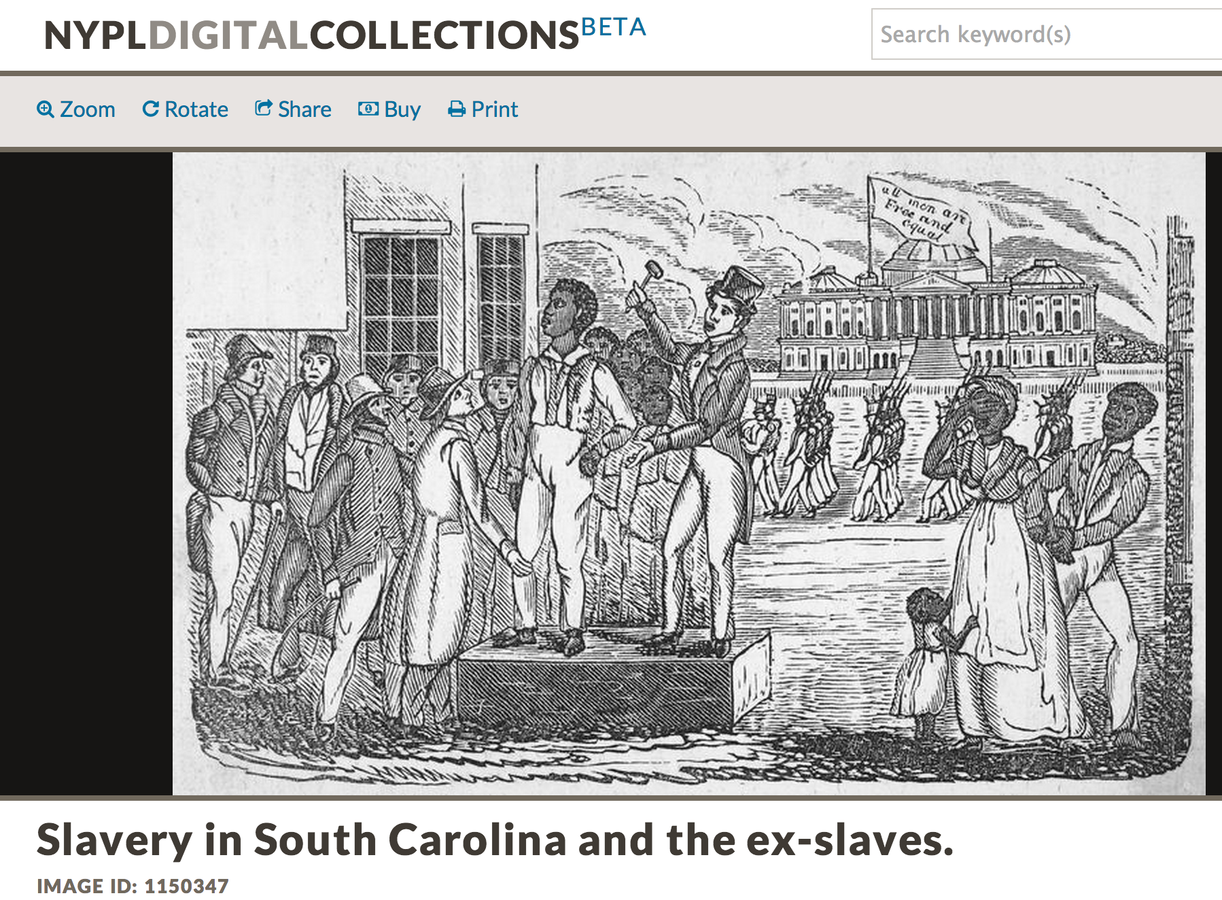
Photo from New York Public Library Digital Collection
Locating Images
- History Primary Sources: Best Bets: African American http://libguides.lib.msu.edu/c.php?g=150223&p=993541
- African American Studies Research Guide: Images http://libguides.lib.msu.edu/c.php?g=95622&p=624415
Places to start - LibGuides!
Cultural Heritage Databases
- University Libraries
- Museums
- Special & Public Libraries
- Government agencies
Elsewhere on the Web
- Google Results *

Google Results*
Determining trustworthy sites on the web
- Who is responsible for the website?
- Contact info, an 'About' page, credentials
- Is there a clear purpose or reason for the site?
- Who sponsors the page? What is the agenda?
- Determine the origin of the primary source
- Does the site give metadata vouching for the item's authenticity?
- What do others say about the web site?
- Has it been reviewed elsewhere on the web?
Guidelines from Reference and Users Services Association, "Using Primary Sources on the Web" http://www.ala.org/rusa/sections/history/resources/pubs/usingprimarysources
Evaluation Exercise
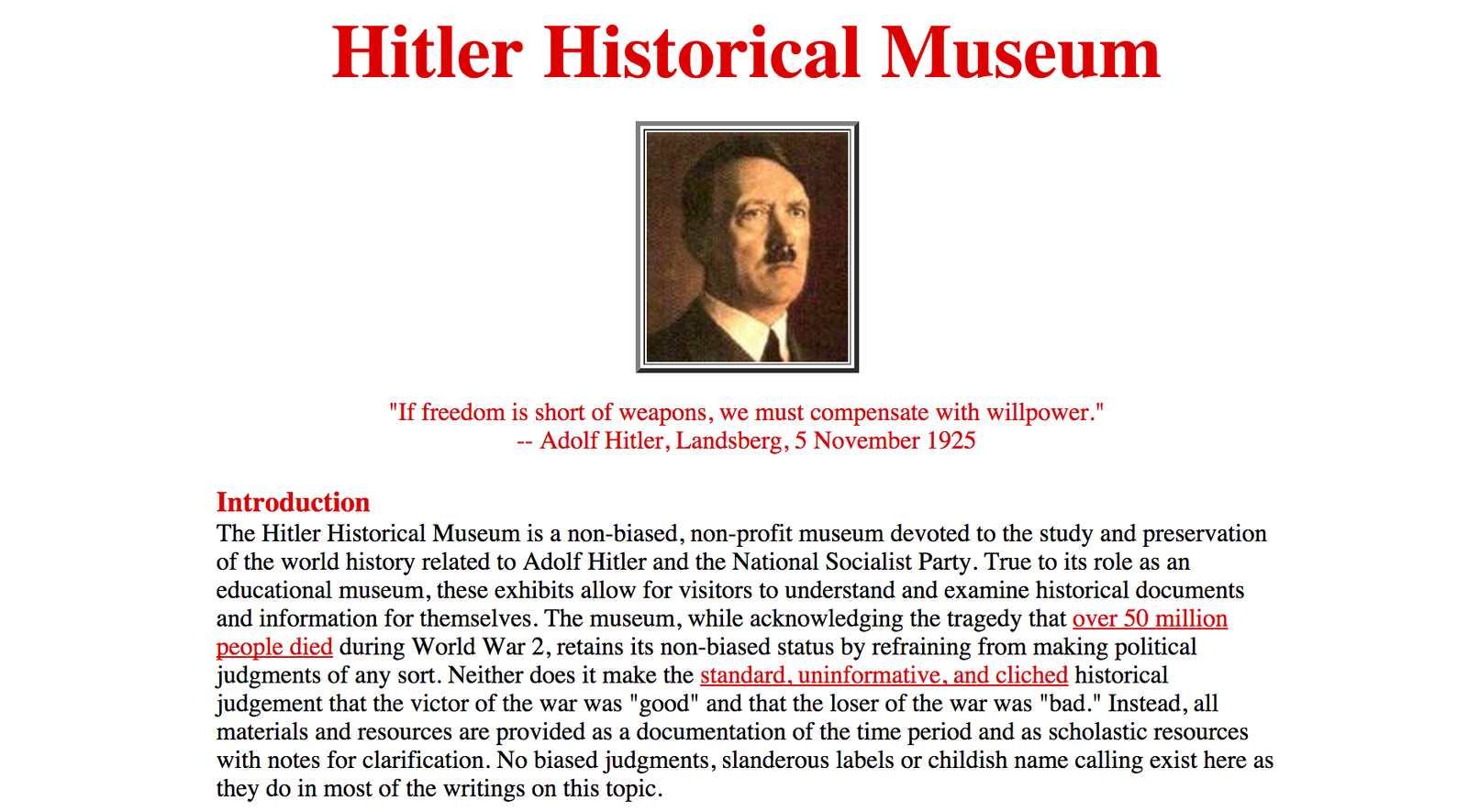
hitler.org | The Hitler Historical Museum
Is this a trustworthy historical site? Why or why not?
Results?

Results
- Who is responsible for the website?
- Contact info, an 'About' page, credentials - none
- Is there a clear purpose or reason for the site?
- Who sponsors the page? What is the agenda? - WhoIs.com
- Determine the origin of the primary source
- Does the site give metadata vouching for the item's authenticity? - nope
- What do others say about the web site?
- Has it been reviewed elsewhere on the web? - uh oh
Exercise adapted from T. Mills Kelly, "Finding: Search Engine–Dependent Learning" in Teaching History in the Digital Age (2013) http://dx.doi.org/10.3998/dh.12146032.0001.001
Once you have a trustworthy image...
- What context was the photo taken in?
- What message is the image trying to convey?
- Do other sources back up the image?
- Takeaways from Handler & Steiner article?


[unretouched]
Published in The North American Indian
Edward S. Curtis, “In a Piegan Lodge,” still image, (1910), http://hdl.loc.gov/loc.award/iencurt.cp06005
Edward S. Curtis, “In a Piegan Lodge,” still image, (1910), http://www.loc.gov/pictures/item/2002722455/
Copyright & Fair Use
- Current US Copyright: Author's life + 70 yrs (after 1922)
- Enter 'Public Domain' after copyright expires
- Works created & published outside of US have different licenses
- Fair Use - "the grayest area of copyright law"
- “fair use of a copyrighted work … for purposes such as criticism, comment, news reporting, teaching (including multiple copies for classroom use), scholarship, or research, is not an infringement of copyright"
- What about a digital photo of a public domain work?
Summarized from Cohen, Daniel J. and Roy Rosenzweig, "Owning the Past," Digital History: A Guide to Gathering, Preserving, and Presenting the Past on the Web http://chnm.gmu.edu/digitalhistory/copyright/
Ethics
- Just because you can doesn't mean you should
- Be mindful of the context of an object; do not misappropriate materials
- Different cultures have different intellectual property norms and practices
- If you edit materials, be sure to mention your edits, and/or cite the original source
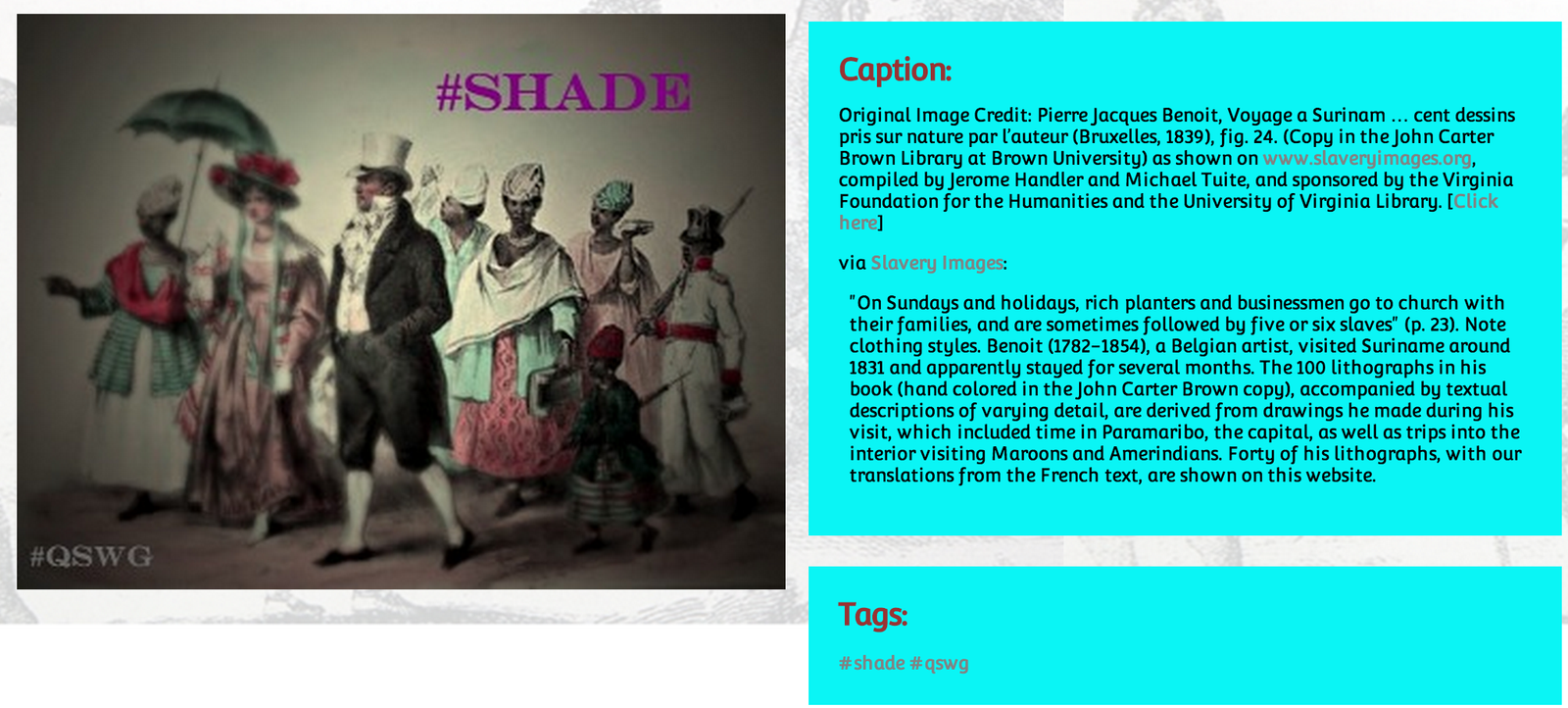
Image via Queering Slavery Working Group (#QSWG) qswg.tumblr.com
Exercise
- Pick a topic (i.e. Plantation slavery in US, the slave trade, etc.)
- Find a photo
- History Primary Sources: Best Bets: African American http://libguides.lib.msu.edu/c.php?g=150223&p=993541
- African American Studies Research Guide: Images http://libguides.lib.msu.edu/c.php?g=95622&p=624415
- Answer as many of the following questions as possible:
- Is the source trustworthy? Who is responsible for the website?
- Is the image authentic? Who is the creator of the image? When was the photo taken? Where was the photo taken?
- What information do you need to analyze the photo? Is it all there? Is enough there?
Evaluating Digital Resources and Images
By brandontlocke
Evaluating Digital Resources and Images
- 1,233



